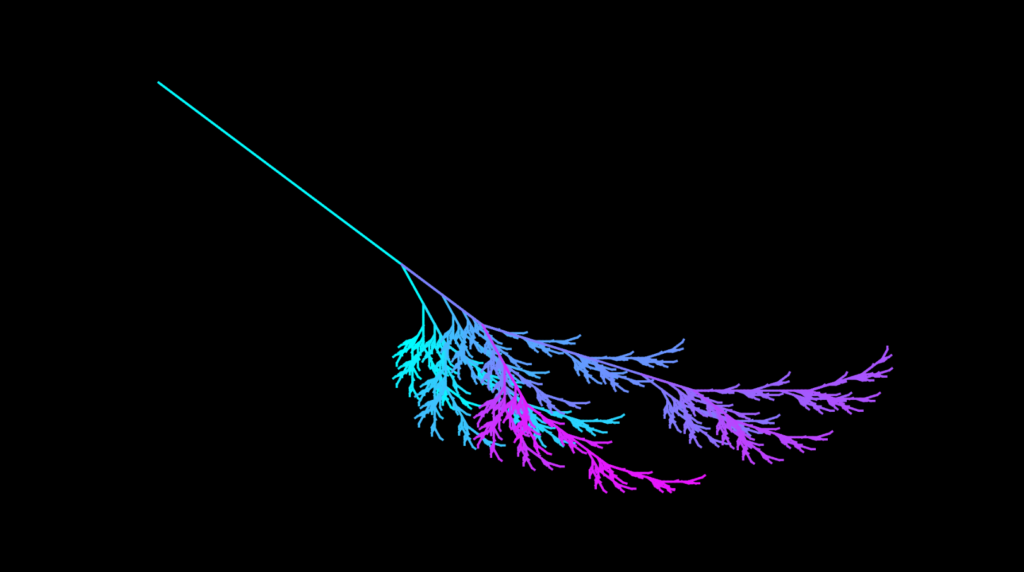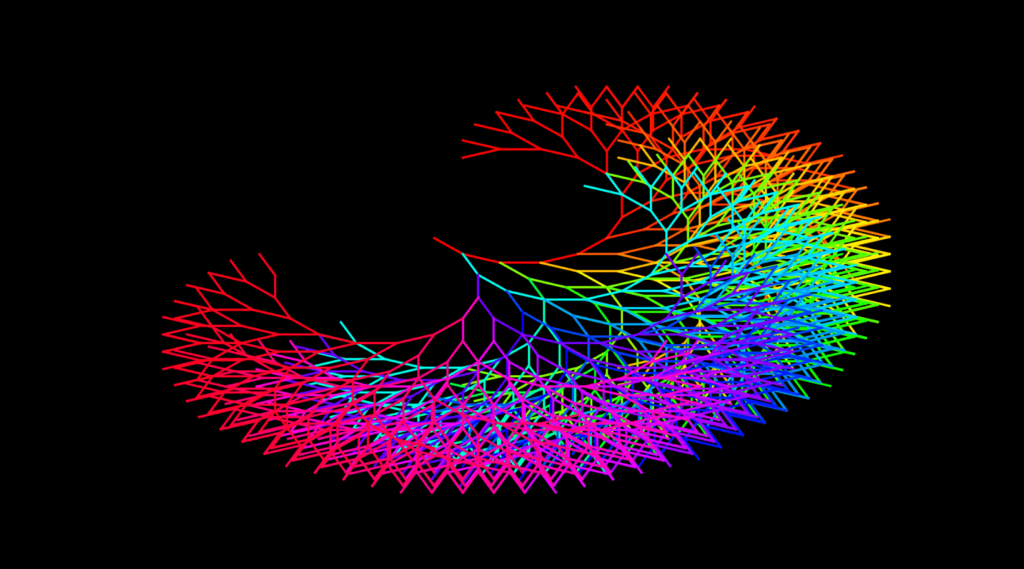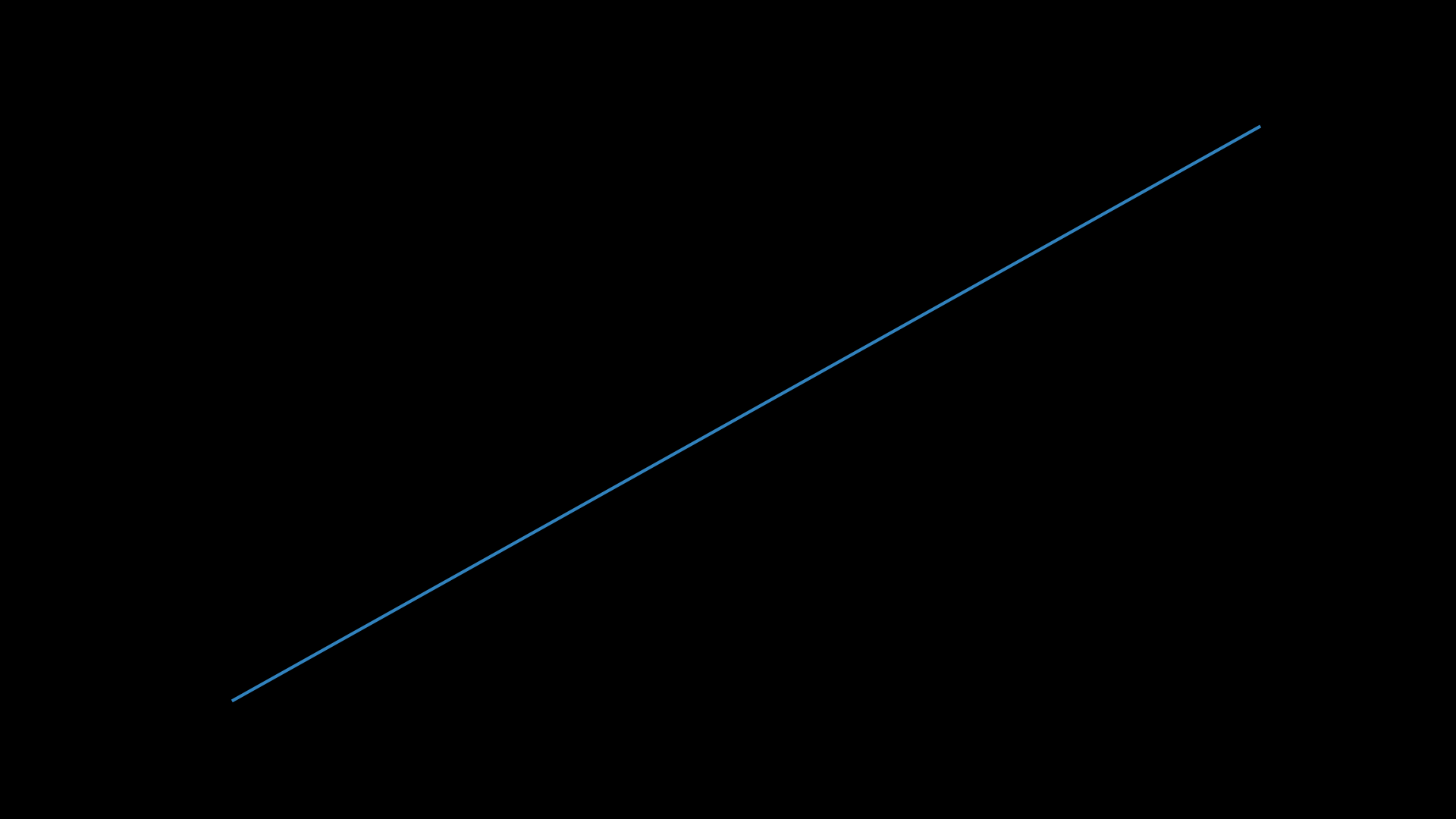EDUC 401: Career Education and EDUC 402: Diverse Classrooms
Instructor: Sheila Monkman and Gretchen Vogelsang Respectively

My Capstone was a demonstration of the shift in my learning and understanding resulting from the learning and experiences throughout career education and diverse learners. The aim of this Capstone was to demonstrate how I consolidated the coursework from both classes personally and metaphorically.

While contemplating the focus of my capstone, I spent a great deal of time reflecting on the learning experiences that had advantaged me in my past. I realized that education has the potential to be less about providing specific knowledge to students, but rather, providing students with the skills and understanding needed to harness their strengths and interest and direct their own learning for the rest of their lives.

Perhaps it is best to provide a personal example. As a child, I grew up with the privilege of living on hilled and forested property with parents who gave me the freedom to build, play, and explore. I would build buggy carts to race down the hills, tree forts, bike bridges, snowboard parks, quad engines, and more. Sometimes my projects would succeed, other times they would fail, but they were always fun. Over time, I began to build confidence in my own competence with building, despite lacking any sort of formal training (although my father did call me “Gopher Boy” for a great many years while my duty was still to find the correct tool and hand it to him). This confidence built through the freedom of building personal projects was the initial condition I acquired that led me into several successive jobs and careers related to building. Starting in high school and continuing on to the present, I have been employed in building-related jobs as a roofer, house contractor, landscaper, worked the lumbar yard for Quadra Island Building Supplies, became a cabinet maker, interior renovation laborer, lead hand, and foreman, installed flooring, built a live-on barge and began construction on a fishing resort off the coast of Prince Rupert, and continue to do my own renovations and projects. Now, I had never received training for these jobs, nor had I particularly sought them out. Most of my employment has come from networking–knowing some from somewhere unrelated that could offer employment opportunity–or simply being in the right place in the right time with the right attitude. I have spoke of confidence (confidence in oneself to take on something new) and skill sets as being initial conditions that gave me the opportunity to take on work I had no prior experience with, I just knew that if I tried, it wouldn’t take that long to get the hang of it.

As part of my process in exemplifying this way of learning through my capstone, I decided to build my own metaphor such that the process and product hold focus. The images included on this page are all constructed by a recursive program that I wrote, with the assistance and guidance of my close friend Galen Seilis, which uses a mathematical concept call L-Systems. I am quite a novice in both programming and the Python language; however, I have had a fair amount of exposure to logical reasoning and processes through my science degree and I have built up enough confidence and skill to estimate if such a task is obtainable and reasonable.

The GIF results from the program recursively running a set of simple initial conditions from which emergent complexity is derived. The metaphor is therefore a set of initial conditions which provides learners, teachers, or anyone else, the confidence, interest, and drive to take on tasks, solve problems, and try new things which they may not have experience or comfort with.

The process by which this type of learning could develop in students is through the implementation of Science Centers, a framework for ongoing competency development accessible to all learners which focuses on students’ interests, strengths, and community. For both Diverse Classrooms and Career Education (EDUC 401 and 402 respectively), the Science Centers are focused to satisfy the concepts and topics described in the following two diagrams.

